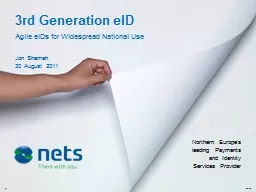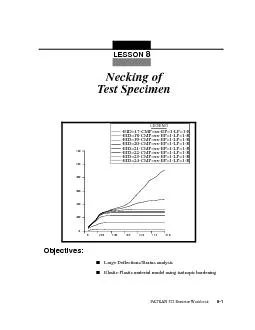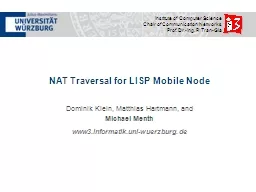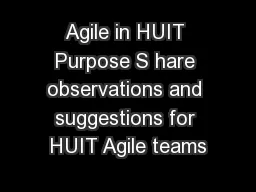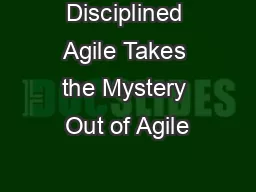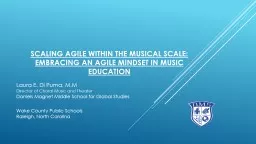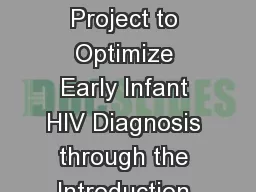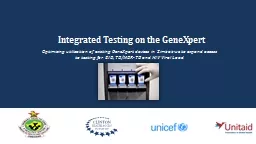PPT-3rd Generation eID Agile eIDs for W idespread National Use
Author : debby-jeon | Published Date : 2019-10-31
3rd Generation eID Agile eIDs for W idespread National Use Jon Shamah 30 August 2011 V100 Northern Europes leading Payments and Identity Services Provider 1 3rd
Presentation Embed Code
Download Presentation
Download Presentation The PPT/PDF document "3rd Generation eID Agile eIDs for W ide..." is the property of its rightful owner. Permission is granted to download and print the materials on this website for personal, non-commercial use only, and to display it on your personal computer provided you do not modify the materials and that you retain all copyright notices contained in the materials. By downloading content from our website, you accept the terms of this agreement.
3rd Generation eID Agile eIDs for W idespread National Use: Transcript
Download Rules Of Document
"3rd Generation eID Agile eIDs for W idespread National Use"The content belongs to its owner. You may download and print it for personal use, without modification, and keep all copyright notices. By downloading, you agree to these terms.
Related Documents

